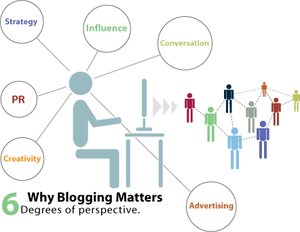
Communication is means for exchange of words and messages between two or more individuals. Communication theories are based on the notions that are traced back to years ago. In ancient Greece, the subjects now we refer to as communication was called rhetoric. Aristotle, the Greek philosopher is most associated with the development of rhetoric as an art.
In his Rhetoric, Aristotle tells us that we must consider three elements in communication:

the speaker
the speech
the audience
Lasswell's communication Model: The theory is as given below:Who-what-Channel-whom = effect. Here who refers to speaker, what is message, channel is medium, and who is audience. “Who says what to whom in what channel with what effect.” Since it was the first theory, the theorist did not pay attention to the noise, feedback, coding, encoding, etc
Shannon and Weaver Model
Shannon and Weaver suggested a linear model where a "information source sends a message that is transmitted through a signal which is received at a receiver and sent to its destination." The irony is that Shannon and Weaver were engineers at Bell Laboratories (Western Electric) and were trying to describe what happens during telephone conversations.

Schramm’s Model
His first model was shown as Source-Encoder-Signal-Decoder-Destination
His second model is shown that the first model is divided by field of experience
His third model Includes feedback. He was the first theorist to realize the value of feedback. Without feedback it is not clear to the sender of the message whether the information send by them is perceived properly or not.

Westley-McLean Model: This is communication for mass media. Event, advocate channel and audience are used. This model included feedback as well.

Kincaid’s Convergence Model:. This model is very dynamic and evolves over time. The communication process starts from interpreting, perceiving, information from one person to another. This model also includes physiological and physical reality

http://evolutionarymedia.com/cgi-bin/wiki.cgi?ModelsOfTheCommunicationProcess,template.html
http://www.cas.usf.edu/lis/lis6260/lectures
The above mentioned articles talk about the communication theories and give more in depth understanding of the various communication theories.


No comments:
Post a Comment